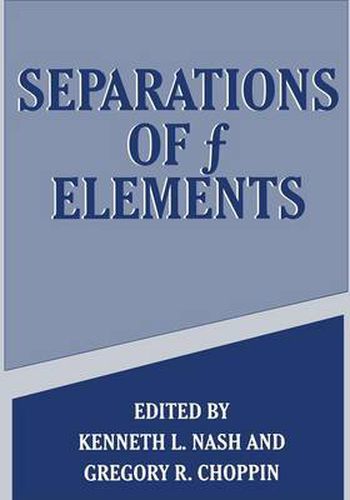Readings Newsletter
Become a Readings Member to make your shopping experience even easier.
Sign in or sign up for free!
You’re not far away from qualifying for FREE standard shipping within Australia
You’ve qualified for FREE standard shipping within Australia
The cart is loading…






This title is printed to order. This book may have been self-published. If so, we cannot guarantee the quality of the content. In the main most books will have gone through the editing process however some may not. We therefore suggest that you be aware of this before ordering this book. If in doubt check either the author or publisher’s details as we are unable to accept any returns unless they are faulty. Please contact us if you have any questions.
The symposium which provided the incentive for this volume was conducted in San th Diego, California as a part of the 207 National Meeting of the American Chemical Society, March 13-17, 1994. It was conceived partly to continue an informal decennial sequence of sym posia dedicated to the topic off element separations. A lot has changed in the world of f ele ments over the last ten years, precipitating a change in emphasis which should be evident to most practitioners in the field. Production and reprocessing of nuclear fuels are no longer the principal drivers of f element separation technology. Separations technology for environment restoration, waste disposal, and the preparation of high purity lanthanides are now the defming parameters in this important field. These imperatives are reflected in the contributions to this volume. The symposium itself must be considered a success, as the attendance at all sessions was above expectations, despite the fact that it was conducted on the last two days of a large five day meeting. Our thanks to the speakers for their quality presentations, and to the audience who persevered to the end of a long meeting and against the temptation of the excellent weather of San Diego in the springtime. A complete list of symposium participants is given in Appendix 1. Preparation of this volume has been a relatively painless undertaking, largely as a result ofthe high quality ofthe submitted papers.
$9.00 standard shipping within Australia
FREE standard shipping within Australia for orders over $100.00
Express & International shipping calculated at checkout
This title is printed to order. This book may have been self-published. If so, we cannot guarantee the quality of the content. In the main most books will have gone through the editing process however some may not. We therefore suggest that you be aware of this before ordering this book. If in doubt check either the author or publisher’s details as we are unable to accept any returns unless they are faulty. Please contact us if you have any questions.
The symposium which provided the incentive for this volume was conducted in San th Diego, California as a part of the 207 National Meeting of the American Chemical Society, March 13-17, 1994. It was conceived partly to continue an informal decennial sequence of sym posia dedicated to the topic off element separations. A lot has changed in the world of f ele ments over the last ten years, precipitating a change in emphasis which should be evident to most practitioners in the field. Production and reprocessing of nuclear fuels are no longer the principal drivers of f element separation technology. Separations technology for environment restoration, waste disposal, and the preparation of high purity lanthanides are now the defming parameters in this important field. These imperatives are reflected in the contributions to this volume. The symposium itself must be considered a success, as the attendance at all sessions was above expectations, despite the fact that it was conducted on the last two days of a large five day meeting. Our thanks to the speakers for their quality presentations, and to the audience who persevered to the end of a long meeting and against the temptation of the excellent weather of San Diego in the springtime. A complete list of symposium participants is given in Appendix 1. Preparation of this volume has been a relatively painless undertaking, largely as a result ofthe high quality ofthe submitted papers.